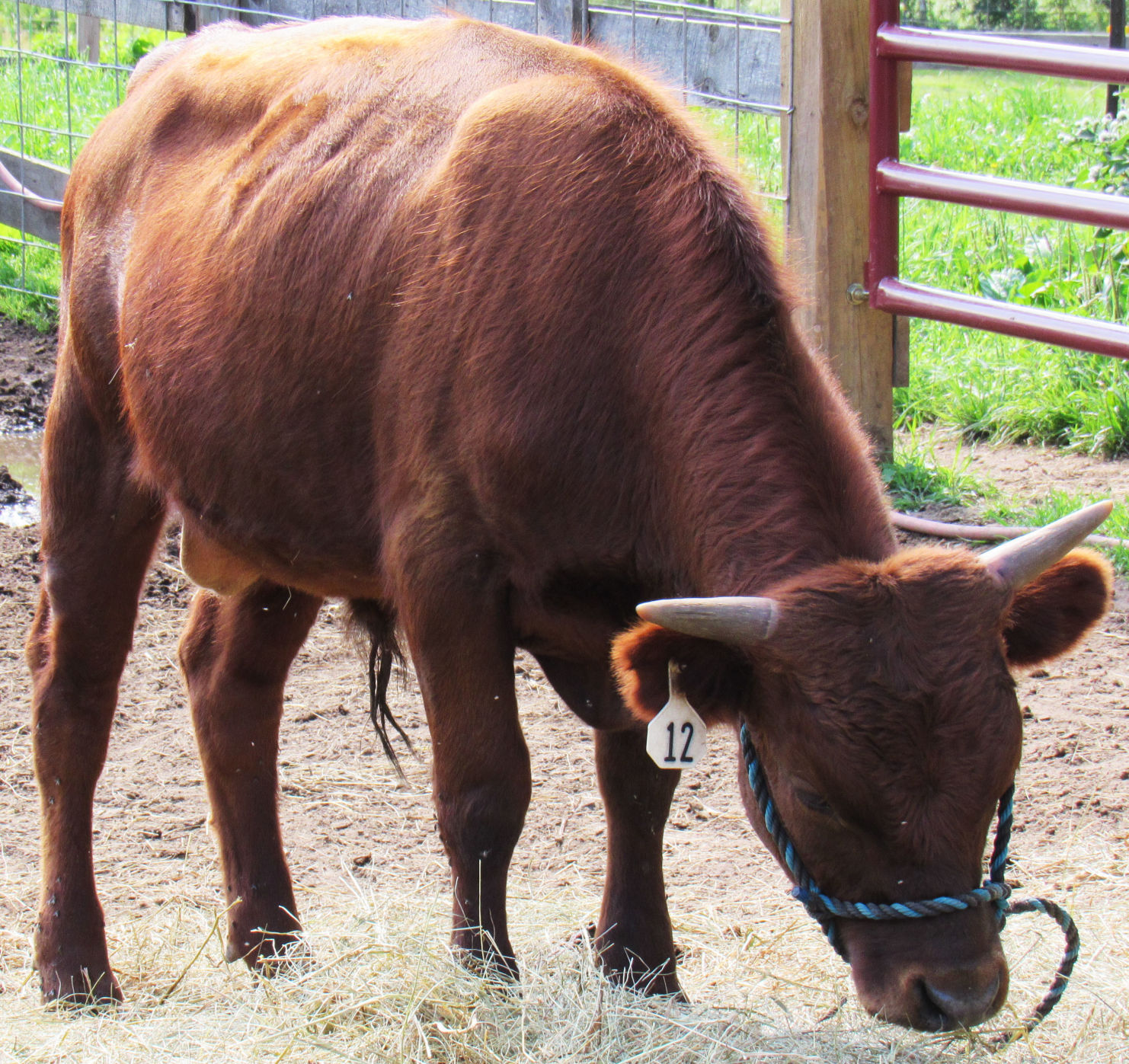

The daily yield averages 1 to 3 gallons per day with a butterfat content of 4 to 5 percent. A milking cow can produce more milk for its weight than any other breed. Dexters are horned or polled, with some people preferring to dehorn them. Grooming and fitting of Dexters in the show ring should not be a consideration in show placements.ĭexters come in Black, Red or Dun. Each Dexter in the show ring should be judged in light of their individual merits on the day of the competition, comparing their appearance to the general breed description and taking into serious consideration excellence of conformation as a truly tri-purpose bovine and overall healthy condition. Dexters can continue to grow past 3 years of age, so final mature height should not be estimated when judging animals. No comparative significance should be given in the show ring to the heights of immature animals since individual growth rates and chondrodysplasia status make it impossible to estimate final heights at maturity. Because the ADCA does not encourage breeding especially small or especially large Dexters, breeding programs that consistently push animals to extremes in either size direction are not encouraged.Ĭows: Typical range in height is 34-46 inches, with a majority in the range of 36-42 inches, measured at the hip.īulls: Typical range in height is 36-50 inches, with a majority in the range of 38-44 inches, measured at the hip. Both carriers and non - carriers are of equal merit. Typical height ranges in Dexters can vary between and within the populations of carriers and non - carriers of chondrodysplasia. Pound for pound, Dexters cost less to get to the table, economically turning forage into rich milk and quality, lean meat.


Dexters are also the perfect old-fashioned family cow. They are dual purpose, being raised for both milk and meat. Fertility is high and calves are dropped in the field without difficulty. They thrive in hot as well as cold climates and do well outdoors year round, needing only a windbreak, shelter and fresh water. In recent years there has been a worldwide surge of interest in Dexter cattle. The first recorded knowledge of Dexters in America is when more than two hundred Dexters were imported to the US between 19. Dexters can reasonably be expected to produce 2 to 2.5 gallons (7.6 to 9.5 litres) per day.The native home of the Dexter is in the southern part of Ireland where they were bred by small landholders and roamed about the shelter less mountainous districts in an almost wild state of nature. Some claim the milk is more naturally homogenised than other milk due to the smaller fat globules. The beef produced by Dexters is well marbled and tends to be darker.ĭexters produce a rich milk, relatively high in butterfat (4%) and the quality of the milk overall is similar to that of the Jersey. The expectable average dress out is 50 to 70 percent. Their versatility is one of their greatest assets, and probably has something to do with the number of countries Dexter cattle are found, including North America, South Africa, Australia, and much of Europe.īeef animals in the US are expected to mature in 18 months and result in small cuts of high quality lean meat, graded US Choice, with little waste. Management practices vary by breeder and by country. However they are often listed as a triple-purpose breed, since they are also used as oxen. The Dexter breed originated in Ireland.ĭexters are classified as a small, friendly, dual-purpose breed used for milk and beef. They were considered a rare breed of cattle, until recently, but are now considered a recovering breed by the American Livestock Breeds Conservancy. Dexter cattle are the smallest of the European cattle breeds, being about half the size of a traditional Hereford and about one third the size of a Friesian (Holstein) milking cow.


 0 kommentar(er)
0 kommentar(er)
